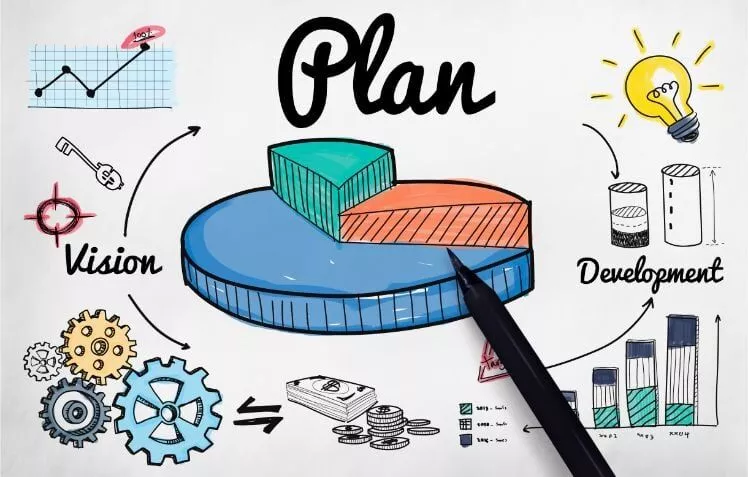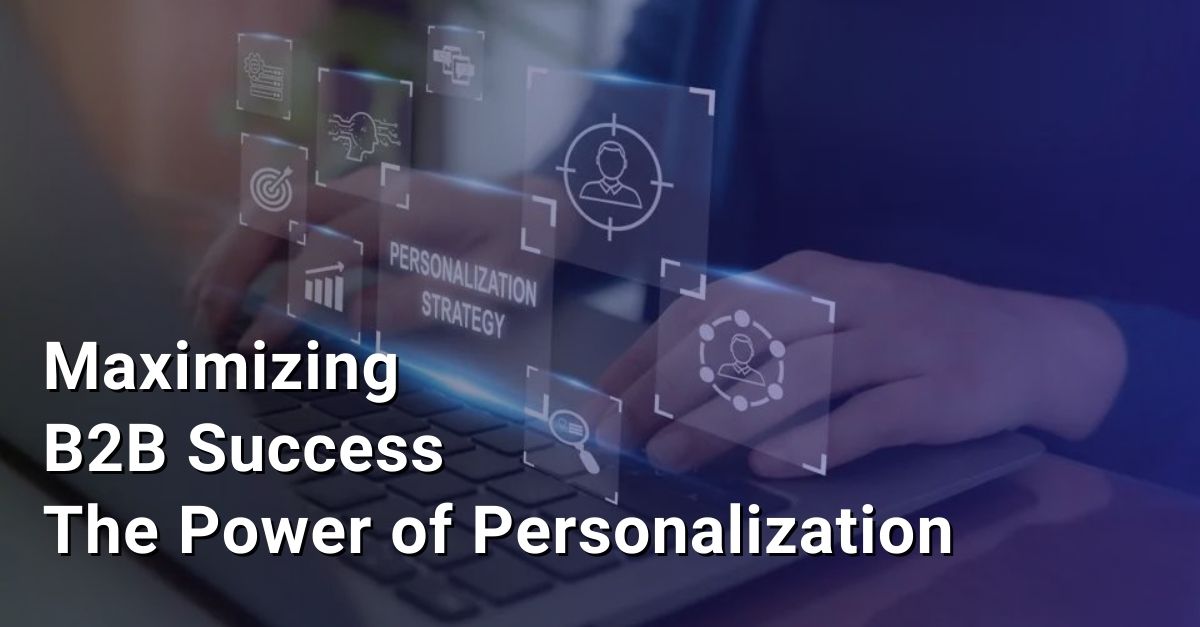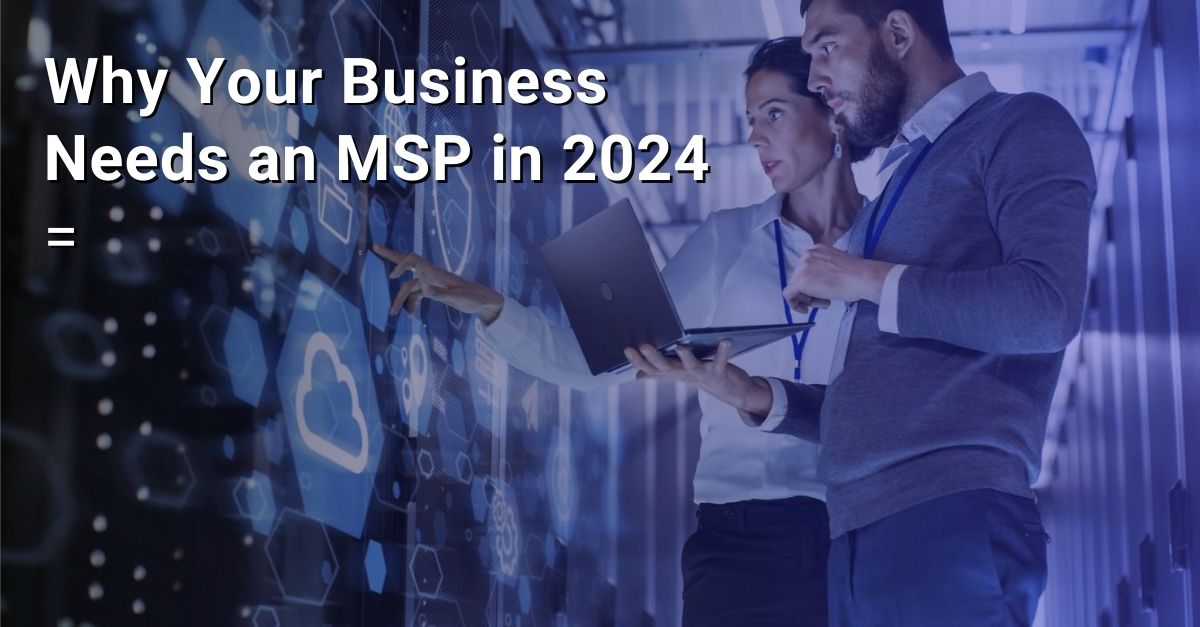Project Planning 101: Understanding needs vs wants and prioritizing requirements
An effective method to planning large scale web development projects.
Defining needs, nice-to-haves, and pipe dreams can be a daunting task– especially for a large scale project. Trying to prioritize what makes it into the project scope can be even harder. Being able to answer the question of “why?” may be all it takes to turn project planning into a breeze! Skip that “why?” and a significant investment of time and money could be wasted resulting in lost business.
Asponte’s Accelerator workshop helps guide and direct the project planning process. Our Accelerator prioritizes deliverable-focused, targeted, hands-on activities that result in actionable next steps instead of just talking about what could be.
Asponte recently had the privilege of conducting our Asponte Accelerator workshop with a regional veterinary supply company that is working on an upgrade of their online sales portal to the current version of IBM WebSphere Portal.
Like many companies, they knew there were improvements they could make to their site and they had a lot of great ideas related to how they wanted customers to interact with them online. However, they were hesitant to embark on the project planning journey on their own for a project with such an enormous investment.
Asponte has developed proven methods to truly define a client’s requirements as needs vs wants for each WebSphere Portal project. Our goal at the end of every workshop is to be able to provide deliverables that are truly a foundation for planning and completing a project.
We like to start by better understanding the company and industry we are working with by asking questions like– what technology solutions does the company use today? How do consumers interact with the company? What are areas for improvement and why are they important?
We cannot stress enough the importance of why. In every workshop, we frequently ask why and believe that explaining the importance of an existing process, desired requirement, action, or new idea is imperative to creating a highly-valued solution. Asking why will show which ideas truly have a great impact to the end user and eliminate others from contention. During this time, we conduct user analysis, stakeholder and empathy mapping, and persona creation.
After understanding current state and users, it is time to dive into defining and refining requirements for the proposed project. This brainstorming session is where anything and everything can be put on the list to see if it can pass the “who, what, why” test. One key to keep in mind is that requirements should be as specific and clearly worded as possible. This will come in very handy in the next steps when we group and prioritize the requirements.
When it comes time to group requirements, we like to capture multiple flavors of groupings. One might be grouping requirements by users. Who does each requirement apply to most or have the greatest impact on? Next, we might group the requirements on a quad chart of impact vs value, effort vs cost, or any other combination pertinent to the project under consideration. The key is to get a general consensus on which items are high value/high impact, high effort/low cost, low value/low impact, etc.
Our shared aim is a finished product that meets the project goals. One fun way we like to wrap up the requirements phase is to play the “dot game”. Each workshop participant is given a set amount of dots (always the same for each participant) and given free reign to apply their dots to the requirements they feel most strongly about. Once everyone is finished, we gauge which requirements are most important. Like every step we take together, we’ll ask “why” to encourage the group to validate or debate why a requirement is or is not a priority.




